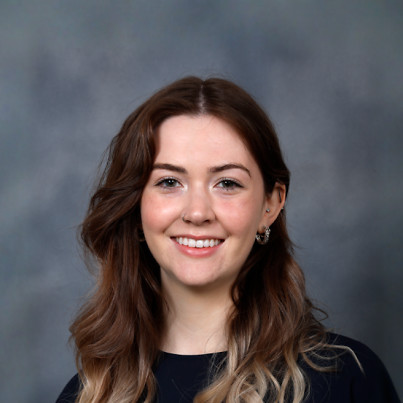Our Research
The Functional Hearing Lab studies how children with normal hearing develop functional hearing abilities and how to set realistic intervention goals for children who grow up wearing hearing devices. Our goal is to develop personalized auditory rehabilitative tools for children with hearing devices that maximize functional hearing. These tools would help clinicians set up devices that are specifically tailored to each pediatric patient and provide long-term rehabilitations for families to use in their homes.
Understanding Functional Hearing
Functional hearing refers to our ability to use a multitude of auditory information to help with listening in noisy and challenging environments. Auditory information, or auditory cues as hearing scientists refer to them, becomes distorted and less useful in indoor places that have reverberations like classrooms and restaurants.
Functional Hearing for Children with Hearing Devices
It can take children a long time to develop the skills they need to pick up and choose the distorted auditory cues they need to help them navigate space and listen to other people. There are additional challenges for children with hearing loss, even though they may be wearing hearing devices such as hearing aids or cochlear implants. Our hope is that our research helps configure hearing devices for pediatric patients that can maximize functional hearing in real-world listening environments.
Using Virtual Reality to Understand Functional Hearing
We use virtual reality to simulate indoor auditory environments when we study functional hearing in our lab. We assess how children navigate space and hear speech in these virtual environments. Some of the techniques we use include psychoacoustics, eye-tracking and neuroimaging.


